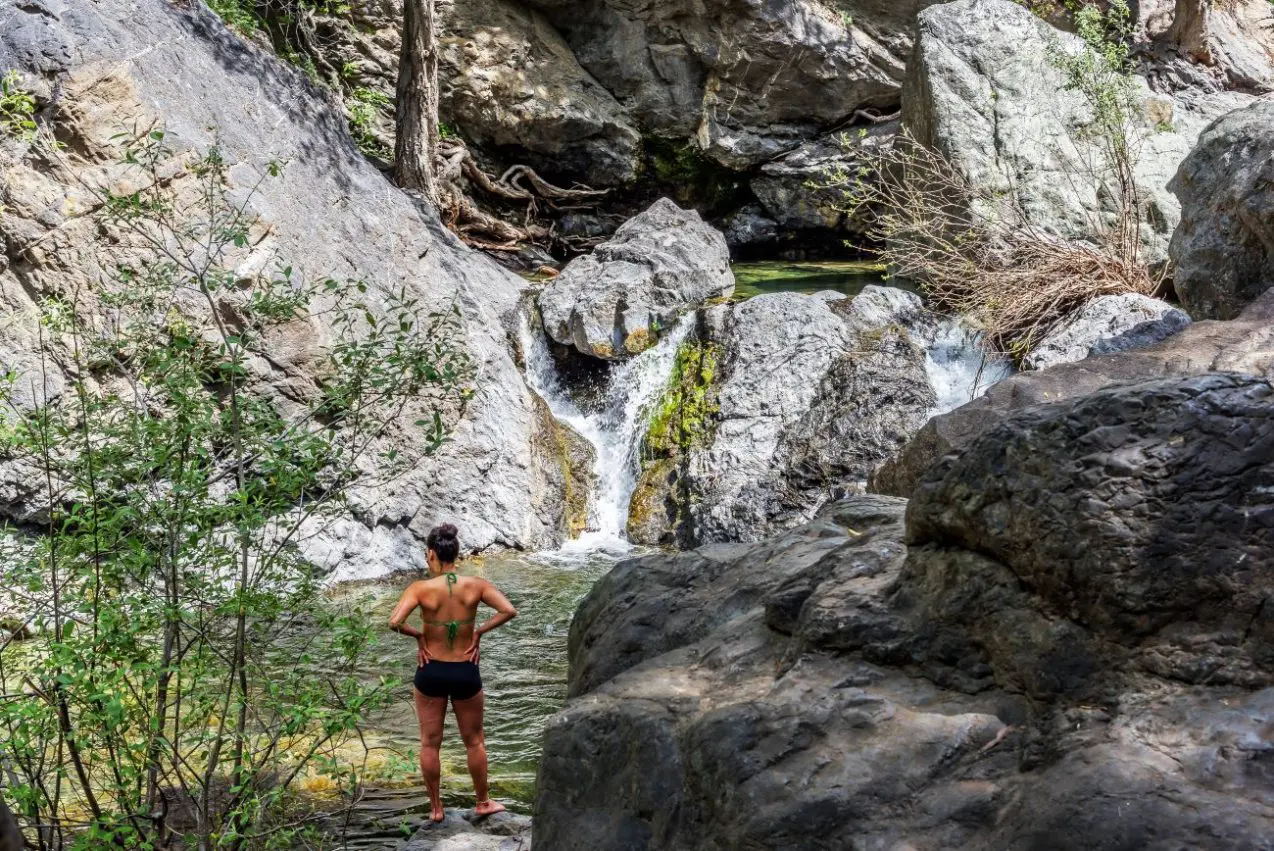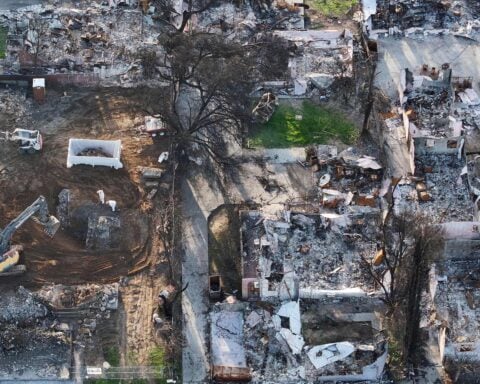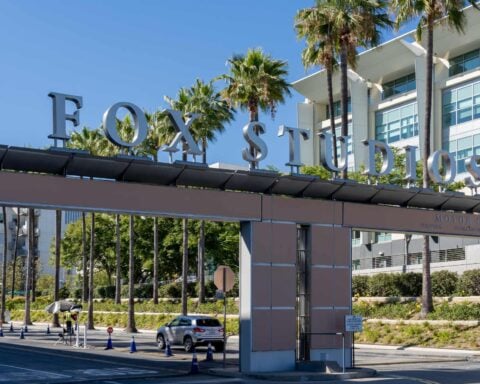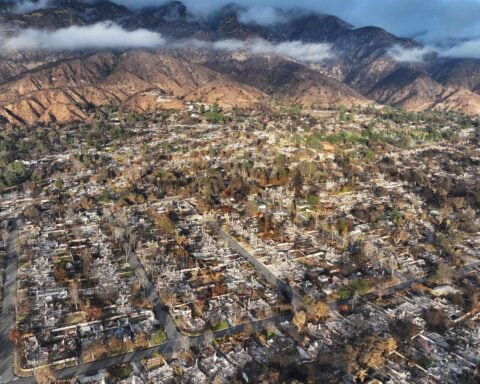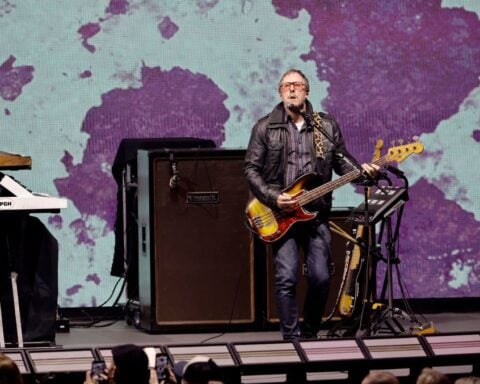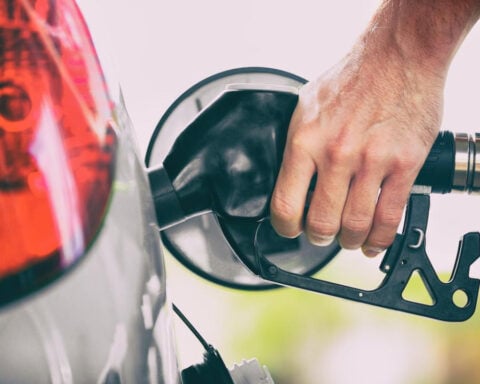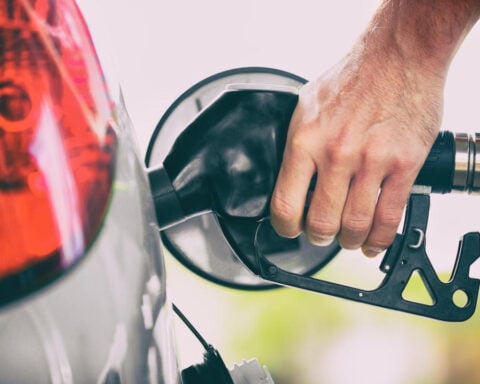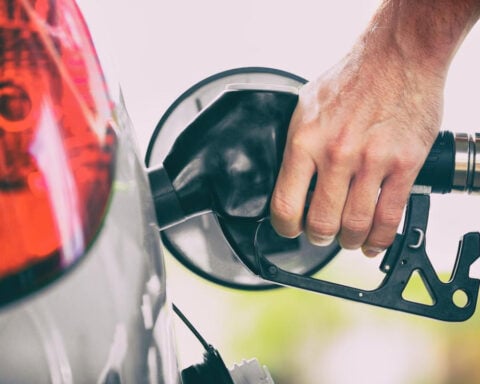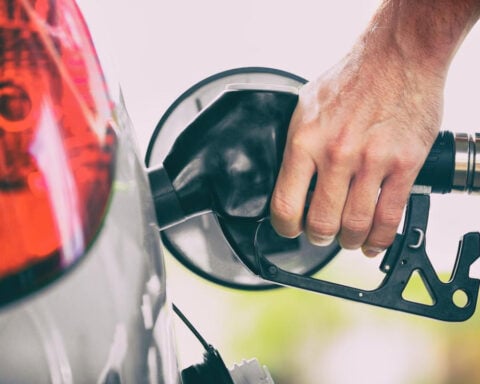A relaxing alternative to a pricey spa day is California's hot springs. They let you get away from everyday life and enjoy nature. People in Los Angeles are lucky to live near some of the most beautiful natural hot springs. These six natural hot springs are the perfect place to get away for a cheap getaway.
Just a short drive from LA in San Bernardino County's Mojave Desert rests Tecopa Hot Springs, a stunning aquatic gem with grass-lined pools in a shade of aquamarine. Four million years in the making, the piping hot, mineral-rich waters and panoramic Death Valley views make the journey well worth it. Several nearby resorts, like Delight's Hot Springs and Tecopa Hot Springs Resort, harness the springs for a more pampered experience.
In the heart of Koreatown lies Beverly Hot Springs, Los Angeles' only geothermal spa fueled by natural hot springs from an artesian well. This cave-like sanctuary evokes Japanese and Korean bathhouse vibes with amenities like massages, saunas, lounge areas, and spring waters ranging from 95°F to 105°F.
The bicarbonate-rich waters attract Angelenos and tourists alike for affordable relaxation. Venturing into the San Bernardino National Forest brings thrill-seekers and hot spring purists to Deep Creek, where 100°F waters beckon after a moderate 2-mile hike. Submerging into the thermal pools underneath the open skies makes the icy plunge required to access them worthwhile.
Apple Valley's Pacific Crest Trail also leads adventurers to the oasis. Similarly requiring vigorous hikes, the hidden Sespe and Willet hot springs promise whole days of exertion through scenic wilderness rewarded by soothing soaks. Nestled deep in Ventura County’s Sespe Wilderness at the end of 15-mile and 9.5-mile treks, respectively, their remote locations demand true grit but offer unparalleled serenity.
In 1908, the Sespe Hot Springs resort operated for several years before folding. Hikers today can still see remnants of the old resort while experiencing private relaxation. The history of Sespe and other remote hot springs serve as sobering reminders of humankind's longtime reverence for the restorative waters.
Down south, the Los Padres National Forest shields two more gems - Little Caliente and Big Caliente Hot Springs. A 10-mile downhill hike through the San Rafael Mountains leads to the cascading rock pools along a creek. The arduous hike and reported quicksand make these springs exclusively for the hardcore but offer idyllic hillside views as rewards for the intrepid.
They’re freely accessible daily from 6 AM to 10 PM for those bold enough to attempt the trek. In the early 1900s, entrepreneurs tried vainly constructing makeshift resorts to attract tourists before abandoning dreams of profiting off the remote springs.
In Santa Barbara County, there is yet another beloved hot spring with an intriguing history - Montecito Hot Springs. In the 1800s, a lively resort occupied the canyon, but now the Land Trust for Santa Barbara County maintains its 6 pools cascading down Hot Springs Canyon. The surrounding oak and sycamore trees frame the coastal mountain views for enraptured hikers to relax while engulfed by the sublime location.
Formerly, resorts and hot springs consisted of lavish indoor plunge baths, advertised cures for rheumatism and eczema, and clubhouses for long-forgotten social galas. Present visitors revere the area with reminiscent of indigenous people who gathered there during winter months and considered its waters sacred.
With enticing descriptions making these hot springs sound like fictional places from fantasy novels, they come with appropriate precautions. Many occupy ecologically sensitive public lands, making practicing Leave No Trace principles vital. Pack out trash, don't use bath products, keep noise down, and respect vegetation and wildlife. Additionally, applying sun protection and staying hydrated is critical for enjoying these desert environments safely.
While most are free to access, a few exceptions exist, such as Beverly Hot Springs. Regardless of cost, California State Parks urges visitors to check websites for updated access restrictions, fire risks, and reservation requirements, given seasonal and climate change impacts on the landscape.
Failure to take responsibility can lead authorities to restrict access when capacities and trails get overwhelmed or visitors disrespect rules. Considering the vulnerability of these delicate habitats, visiting during off-peak cooler months helps prevent damage from overcrowding - though Tecopa's adjacent resorts stay open year-round.
Visiting on weekdays instead of busy weekends also helps tourists avoid hordes of people. Ultimately, those willing to sacrifice some solitude will reap the healing powers of natural mineral waters - no matter how many have discovered these nourishing havens. That's the tradeoff for increasing mainstream awareness of sustainable ecotourism opportunities that encourage Angelenos to connect with their regional biodiversity and support equitable access.
With more environmentally and socially conscious outdoor recreation gaining traction as preventative healthcare, these springs let people recharge without breaking the bank. Their timeless existence serves as testaments to humanity's innate affinity towards thermal waters for holistic well-being. The medicinal history of hot springs globally likely began with accidental encounters by ancient peoples traversing landscapes.
Nomadic hunter-gatherer lifestyles brought tribes into contact with geothermal oddities, inspiring curiosity about whether steaming waters, mud, and gases relieved aches and pains. Over time, informal bathing rituals evolved into formal healing centers, attracting people seeking cures supervised by early doctors. Ancient civilizations, from Greeks and Romans to Chinese and Japanese, refined elaborate spa therapies using mineral and thermal waters to treat maladies.
The emergence of hot springs resort destinations came after European conquests of the Americas when settlers and missionaries discovered springs revered by Indigenous inhabitants. Commercialization of spiritual places where native tribes like the Cahuilla, Cupeño, and Luiseño gathered sparked contentious history still felt at modern springs. While 21st-century promotions of wellness tourism near urban LA feel distinctly modern, the human tendency to be drawn towards Mother Nature’s hydrothermal gifts links today’s soakers to those first-awed discoverers.
Even hot spring resorts that inevitably fade with time as developers give up trying to profit off these remote areas demonstrate the might of geothermal forces still merrily burping up cure-alls after centuries of human tampering. As long as these springs persist relatively untouched deep inside valleys, mountains, and canyons, the cycle of enchantment and disenchantment will continue just as it has for millennia. After all, the allure of natural thermally heated waters offers a spirituality beyond scientific comprehension.

 Trump has begun another trade war. Here's a timeline of how we got here
Trump has begun another trade war. Here's a timeline of how we got here
 Canada's leader laments lost friendship with US in town that sheltered stranded Americans after 9/11
Canada's leader laments lost friendship with US in town that sheltered stranded Americans after 9/11
 Chinese EV giant BYD's fourth-quarter profit leaps 73%
Chinese EV giant BYD's fourth-quarter profit leaps 73%
 You're an American in another land? Prepare to talk about the why and how of Trump 2.0
You're an American in another land? Prepare to talk about the why and how of Trump 2.0
 Chalk talk: Star power, top teams and No. 5 seeds headline the women's March Madness Sweet 16
Chalk talk: Star power, top teams and No. 5 seeds headline the women's March Madness Sweet 16
 Purdue returns to Sweet 16 with 76-62 win over McNeese in March Madness
Purdue returns to Sweet 16 with 76-62 win over McNeese in March Madness
